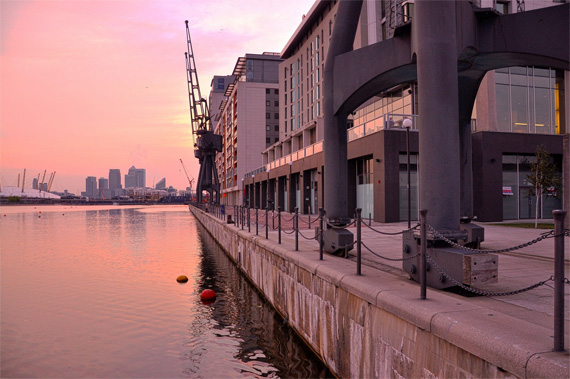How to Use Depth of Field
What do we mean by depth of field? The term refers to the amount of detail in the photograph that is in focus. A typical landscape photograph will will show detail over a long distance, all of which will be in focus and recognizable by the viewer.
A head and shoulders portrait will usually work best if only the face is in sharp focus. Often the background will be blurred and out of focus in order to remove any distractions.
Two questions usually pop up here:
- Why is this a good thing?
- How do you achieve it?
O.K., first things first. Why would you want a blurred background?
Being able to produce this effect at will is very handy and can turn a mediocre or boring photograph into something much more attractive. The landscape photograph mentioned above doesn’t really have a focal point. You’re not really sure of exactly what the photographer was aiming at when he took it. This works with a typical calendar landscape shot as it will be trying to present a broad, sweeping view.The portrait example is very different. It’s obvious immediately what the main subject is because it is separated from the background clutter. The main subject is the only thing you can focus on, so your eye is drawn straight to it. If you’re taking a shot from a long distance it is possible to isolate the subject both from the foreground and the background using this technique known as depth of field.
What we want to do is focus on the main subject in the scene. The area that remains in focus is the ‘field’ in the term ‘depth of field’. The ‘depth’ bit is the distance of the in-focus area measured from front to back.
This can all be manipulated by the photographer to suit the particular image. The landscape and the portrait mentioned above are two extremes but there are many subjects that fall between the two.
How do we achieve this effect?
There are two things you have control over that affect depth of field when using an SLR camera.- the focal length of the lens
- the aperture setting


No comments:
Post a Comment